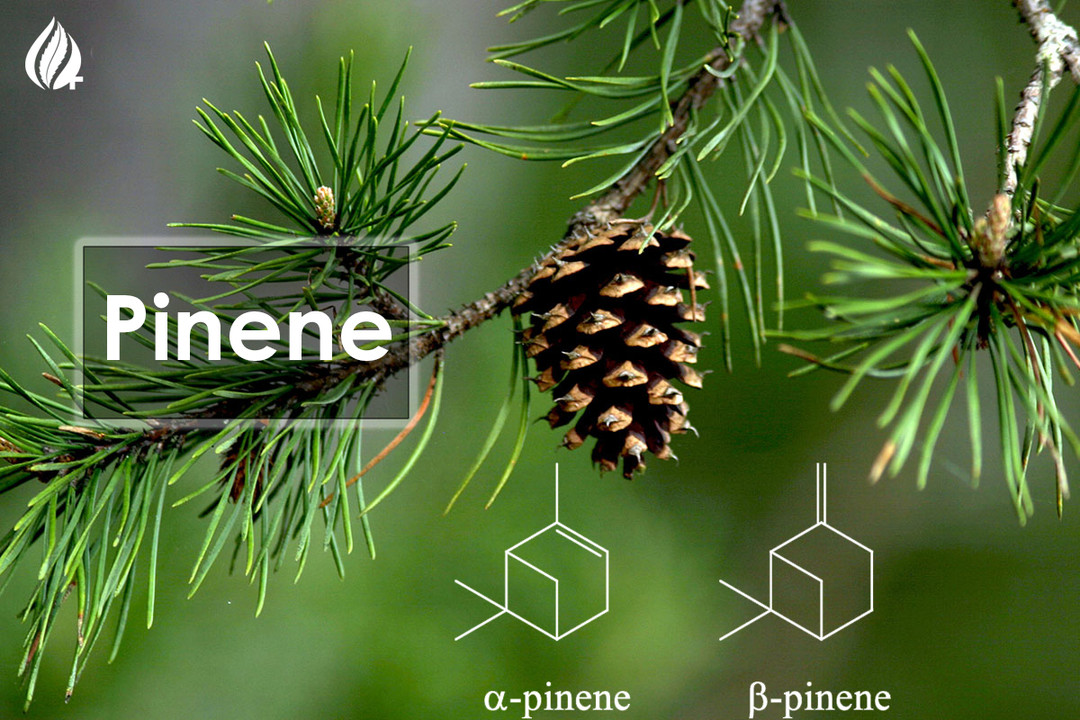Terpene Tuesday : Pinene
Pinene is the most common terpene found in plants. As its name suggests, it has a piney smell and is also found in conifers, basil, rosemary, pine needles, dill, parsley, sagebrush, turpentine and orange rinds. There are two forms of Pinene, Alpha-Pinene and Beta-Pinene, the former found more often. While plants initially evolved terpenes to detract predators and to attract pollinators, mammals have evolved along side them to be able to use these molecules in helpful ways. Even insects use pinene in their chemical communication systems.
Pinene’s effects on the body are being studied for a wide range of benefits. It has been shown to have positive affects on cancer by shrinking tumors, especially when both forms of Pinene are taken together. Pinene also appears to have anti-inflammatory abilities, which can help in the prevention of sunburn by preventing UV damage and can be used in the treatment of a wide range of inflammatory diseases.
Combining with another terpene, Linalool (found in things like calming lavender) has been shown in mice to have similar effects on the brain as anti-depressants and anxiolytics.Pinene has shown to be an effective analgesic, bronchodilator and inhibits viral activity in cells. This terpene has also shown signs as a promising neuro-protectant, not only beneficial against Alzheimers disease, but also general dementia, amnesia and other memory loss and cognitive dysfunctions.
Outside of the medicinal world it is commonly used as a flavoring agent, in perfumes, and as a biofuel. Because of its natural anti-microbial qualities, it is commonly found in cleaning agents, for example, Pine-sol. It generally can also be found in furniture polish and air fresheners.
Pinene is probably one of the most well known and most recognizable terpenes. Next time you’re in the woods, give the air a sniff and see if you can identify the pinene wafting from the nearby pine trees.
References:
https://en.wikipedia.org/wiki/Pinene
https://weedmaps.com/learn/dictionary/pinene/
Advice & articles
-
Embracing Fall: Harvest Time, Festivals, and the Benefits of Hemp and THCA
Oct 6th 2025As the leaves turn vibrant shades of orange and gold, and the air becomes crisp, fall invites us to
-
Summer Cannabis Vibes
Jul 21st 2025Chill Vibes Only: How Smoking Cannabis Can Help You Relax This Summer There’s something magical abou
-
Veterans and Holistic Healing
May 31st 2024Military and wellness are two concepts that may seem contradictory at first glance, but they are int
- Read more articles




